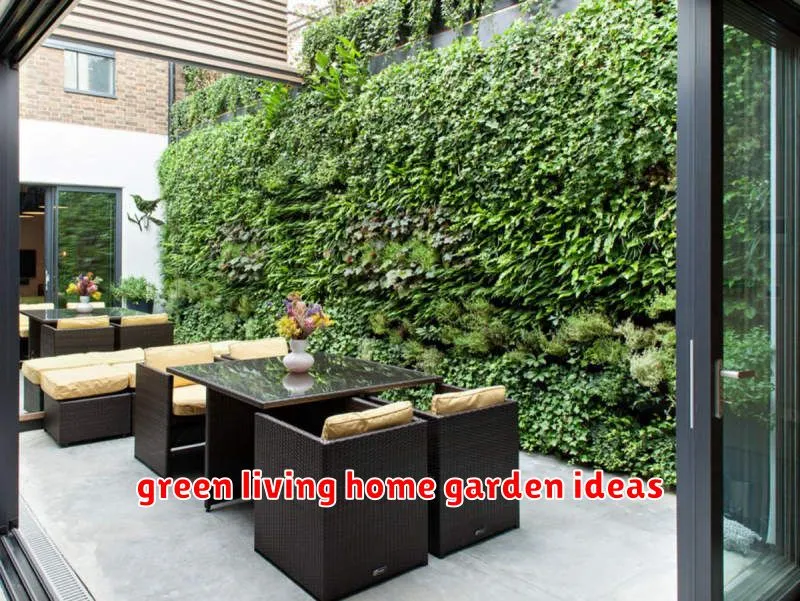Are you looking to create a more sustainable and eco-friendly home environment? This article, “How to Incorporate Green Living into Your Spaces,” provides practical and insightful strategies for implementing eco-conscious practices within your living spaces. Learn how to reduce your environmental footprint through simple yet effective changes, covering everything from sustainable design and energy efficiency to conscious consumption and waste reduction. Discover how you can transform your home into a haven of green living, contributing to a healthier planet and a more fulfilling lifestyle.
Solar Roof Panels
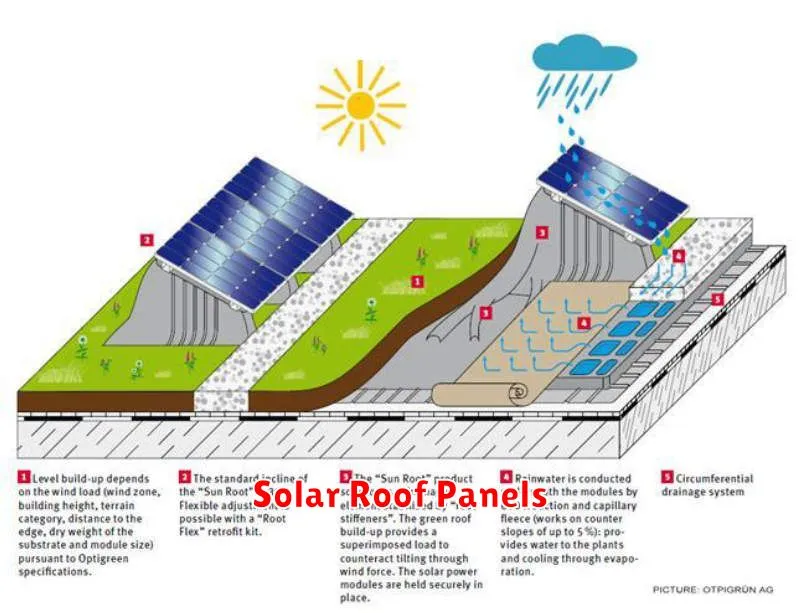
Solar roof panels are a significant step towards green living, offering a sustainable way to generate electricity. By harnessing the sun’s energy, these panels significantly reduce reliance on non-renewable sources, lowering your carbon footprint and contributing to a cleaner environment. The initial investment may seem substantial, but long-term cost savings on electricity bills often outweigh the upfront expenses.
Several factors influence the effectiveness of solar panels, including the amount of sunlight received, roof orientation, and panel efficiency. Proper installation by certified professionals is crucial to ensure optimal performance and safety. Homeowners should carefully research different panel types and manufacturers to find a system that best suits their energy needs and budget.
Integrating solar roof panels into your home design not only reduces environmental impact but can also increase your property value. Beyond the environmental benefits, many jurisdictions offer financial incentives, such as tax credits or rebates, to encourage the adoption of solar energy. This makes the transition to greener living both environmentally responsible and potentially financially advantageous.
Rainwater Harvesting Systems
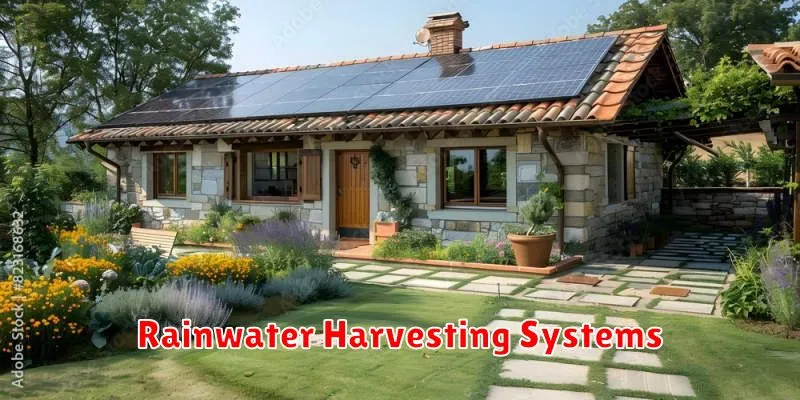
Rainwater harvesting involves collecting and storing rainwater for later use. This simple yet effective technique significantly reduces reliance on municipal water supplies, conserving this precious resource. Systems can range from simple rain barrels to more complex underground tanks, depending on your needs and budget.
Implementation typically begins with directing rainwater from rooftops and other surfaces into a collection system. This often involves gutters, downspouts, and filtration to remove debris. The collected water is then stored in a tank, often made of durable materials like plastic or concrete. Proper system design is crucial to prevent contamination and ensure efficient storage.
Benefits extend beyond water conservation. Rainwater harvesting can lower water bills, reduce stormwater runoff which mitigates flooding, and provide a sustainable water source for irrigation, toilet flushing, and even laundry, depending on filtration quality and local regulations. It’s a practical and impactful step towards greener living.
Indoor Herb Gardens
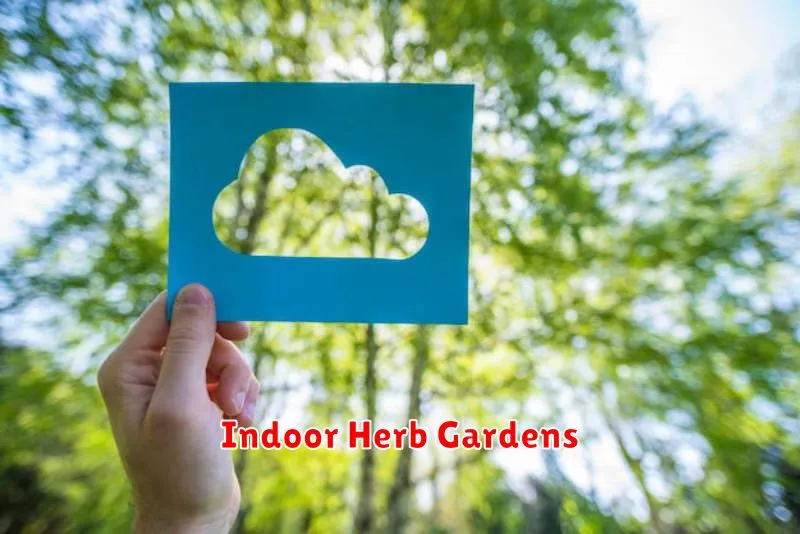
Incorporating an indoor herb garden is a simple yet effective way to enhance your living space and embrace a greener lifestyle. Fresh herbs readily available at your fingertips not only elevate culinary experiences but also contribute to a healthier, more vibrant environment within your home. The process is relatively straightforward, requiring minimal space and resources.
Selection of appropriate herbs is key to a thriving indoor garden. Consider herbs that thrive in similar conditions, such as basil, oregano, and thyme, which generally prefer sunlight and well-draining soil. Alternatively, herbs like mint and parsley may adapt better to shadier locations. Proper lighting, whether natural or artificial, is crucial, as is consistent watering and fertilization to ensure healthy growth.
Beyond the culinary benefits, an indoor herb garden offers aesthetic appeal, adding a touch of nature and tranquility to your home. The process of cultivating your own herbs is rewarding, fostering a sense of connection with nature and promoting a more sustainable lifestyle. Furthermore, the air-purifying qualities of many herbs contribute to a healthier indoor environment.
Energy-Efficient Windows
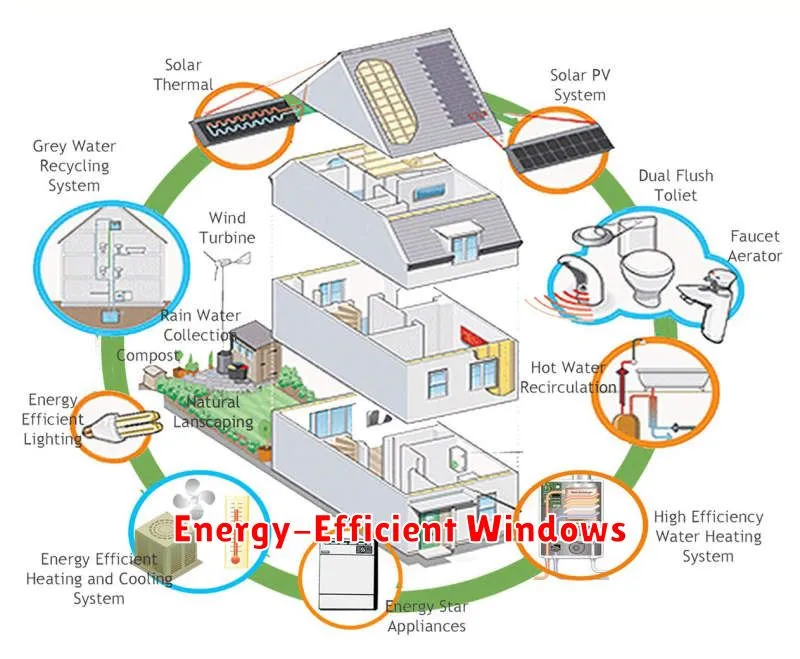
Energy-efficient windows are a crucial element of green living, significantly impacting your home’s energy consumption. They are designed to minimize heat transfer, reducing the strain on your heating and cooling systems. Features like low-E coatings, multiple panes of glass, and gas fills (such as argon or krypton) work together to improve insulation and reduce drafts.
By choosing windows with a high U-factor (a lower U-factor indicates better insulation) and a high Solar Heat Gain Coefficient (SHGC) (which measures how much solar heat is transmitted through the glass), you can optimize your home’s energy performance. This translates to lower energy bills and a smaller carbon footprint. Consider the window frame material as well; materials like fiberglass and vinyl offer superior insulation compared to wood.
Investing in energy-efficient windows is a long-term investment with substantial returns. While the initial cost might be higher than standard windows, the energy savings accumulated over the lifespan of the windows will more than offset this expense. Furthermore, these windows enhance your home’s comfort by reducing noise pollution and providing better temperature regulation.
Biodegradable Rugs
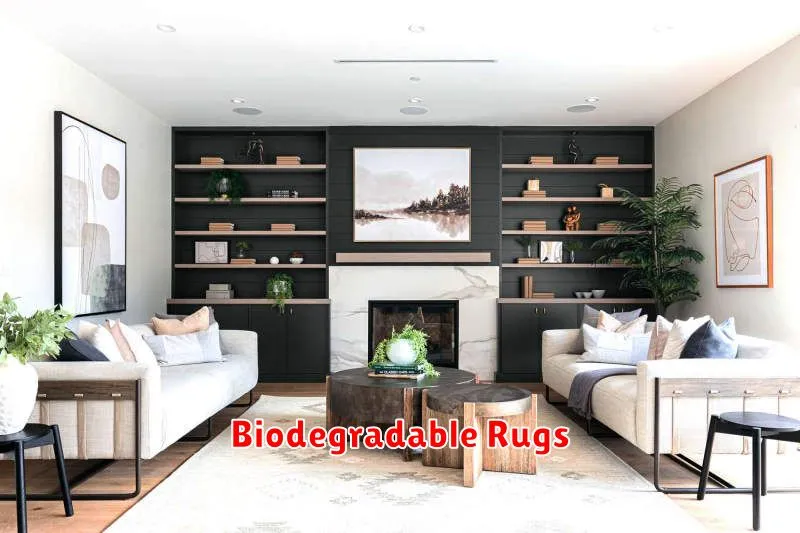
Biodegradable rugs offer a sustainable alternative to traditional rugs, minimizing your environmental impact. Made from natural, renewable resources such as jute, sisal, or organic cotton, these rugs decompose naturally at the end of their lifespan, unlike synthetic rugs which contribute to landfill waste. This choice significantly reduces your carbon footprint and aligns with eco-friendly living principles.
The durability of biodegradable rugs varies depending on the materials used and the manufacturing process. High-quality options can still provide years of comfortable use and aesthetic appeal. Look for certifications like GOTS (Global Organic Textile Standard) or OEKO-TEX Standard 100 to ensure the rug’s materials and production methods meet stringent environmental standards.
When choosing a biodegradable rug, consider the overall design and functionality to ensure it fits your space and lifestyle. While initial cost might be slightly higher than synthetic options, the long-term environmental benefits and reduced waste make it a worthwhile investment for those committed to sustainable living.
Smart Thermostat Systems
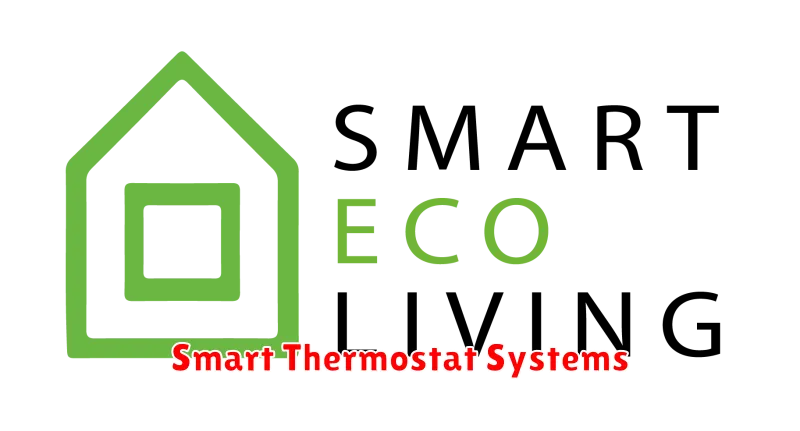
Smart thermostat systems offer a significant opportunity to incorporate green living into your spaces. These systems learn your preferences and adjust the temperature accordingly, minimizing energy waste associated with heating and cooling. Features like geofencing, which automatically adjusts the temperature based on your location, further enhance energy efficiency.
By optimizing your home’s temperature based on occupancy and usage patterns, smart thermostats drastically reduce energy consumption. This translates to lower utility bills and a smaller carbon footprint. Many models provide detailed energy usage reports, allowing you to track your progress and identify areas for further improvement.
Investing in a smart thermostat is a relatively simple and cost-effective way to contribute to a more sustainable lifestyle. The long-term savings on energy bills often outweigh the initial investment, making it a financially sound and environmentally responsible choice for homeowners committed to green living. Consider factors such as compatibility with your existing HVAC system and desired features when selecting a model.
Upcycled Metal Art
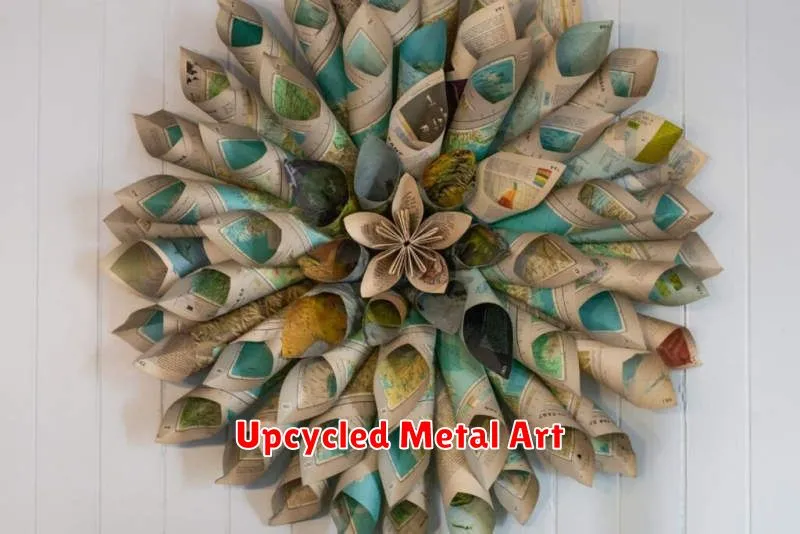
Incorporating upcycled metal art into your living spaces offers a significant contribution to green living. By repurposing discarded metal objects—from old machinery to scrap metal—you reduce waste sent to landfills and lessen the environmental impact of manufacturing new materials. This practice aligns perfectly with the principles of sustainability and responsible consumption.
The aesthetic benefits are considerable. Upcycled metal art pieces often possess a unique, industrial charm that adds character and visual interest to any room. Whether it’s a creatively repurposed metal container serving as a planter or a sculpted piece created from salvaged car parts, these items introduce a touch of rustic elegance or modern industrial design depending on your style.
Furthermore, supporting artists and craftspeople who specialize in upcycled metal art directly supports ethical and sustainable practices. By choosing handcrafted items, you’re actively contributing to a circular economy and fostering a community dedicated to environmental responsibility and creative reuse. This adds a layer of social consciousness to your interior design choices.
Compost Stations for Gardens

Composting is a cornerstone of green living, offering a sustainable way to manage organic waste and enrich your garden soil. A dedicated compost station provides a convenient and organized system for this process. Consider factors like space availability, the volume of waste you generate, and your preferred composting method (e.g., bin, tumbler, or pile) when selecting a location and design for your station.
Proper placement is crucial for successful composting. Choose a location that receives adequate sunlight and airflow, while also being easily accessible for adding materials and turning the compost. Ensure the area is well-drained to prevent waterlogging. Consider using a screened enclosure to manage odors and contain the compost materials. This can be as simple as a three-sided wooden structure or a more elaborate commercially-produced bin.
Maintaining your compost station involves regularly turning the materials to ensure adequate aeration and decomposition. Avoid adding materials that are unsuitable for composting, such as meat, dairy, or oily foods. By diligently tending to your compost station, you will create nutrient-rich soil amendment for your garden, reducing your reliance on synthetic fertilizers and contributing to a healthier environment.
LED Lighting Solutions
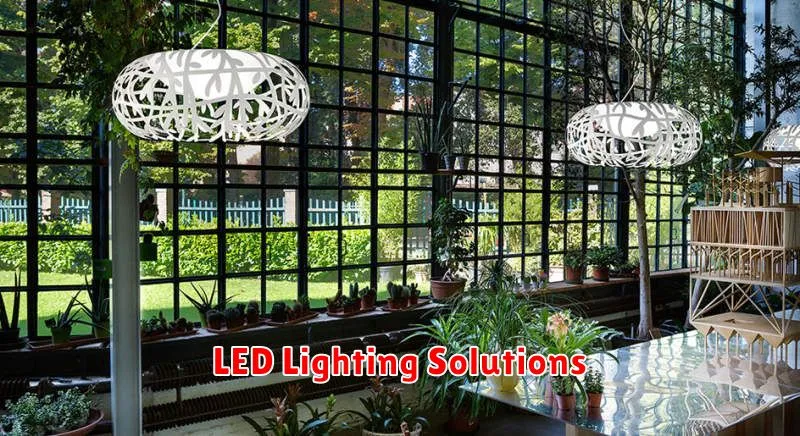
Incorporating green living principles into your home often begins with energy-efficient choices. LED lighting offers a significant step towards sustainability. Compared to traditional incandescent bulbs, LEDs consume significantly less energy, reducing your carbon footprint and lowering electricity bills.
LEDs boast a much longer lifespan than incandescent or even CFL bulbs, minimizing waste from frequent replacements. This durability contributes to the overall environmental friendliness of the technology, reducing the demand for manufacturing new bulbs. Moreover, many LEDs are available in various color temperatures and brightness levels, allowing for customizable ambiance and energy efficiency.
When selecting LED lighting solutions, consider factors such as lumens (brightness), color rendering index (CRI), and energy efficiency ratings. Look for bulbs with high CRI values for accurate color reproduction and Energy Star certification for guaranteed energy savings. By making informed choices, you can effectively integrate energy-efficient LED lighting into your home, creating a more sustainable and eco-friendly living space.
Bamboo Furniture for Interiors
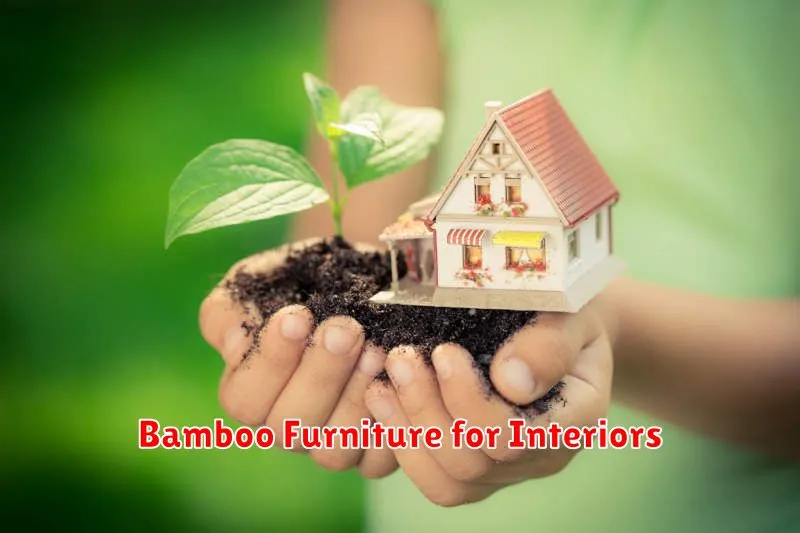
Bamboo furniture offers a sustainable and stylish way to incorporate green living into your interior spaces. Its rapid growth rate and natural renewability make it an environmentally friendly alternative to hardwoods, reducing the demand on depleting forest resources. The versatility of bamboo allows for a wide range of design styles, from minimalist to traditional, seamlessly integrating into various home aesthetics.
Beyond its ecological benefits, bamboo boasts impressive durability and strength. Properly treated, bamboo furniture can withstand daily use and maintain its structural integrity for many years, offering a long-term investment. Its inherent light weight also makes it easy to move and rearrange, facilitating flexibility in interior design.
Choosing bamboo furniture supports sustainable forestry practices and reduces your carbon footprint. Look for pieces made from ethically sourced bamboo and finished with non-toxic materials to maximize its environmental advantages. Incorporating bamboo into your home reflects a commitment to both style and responsible consumption.

